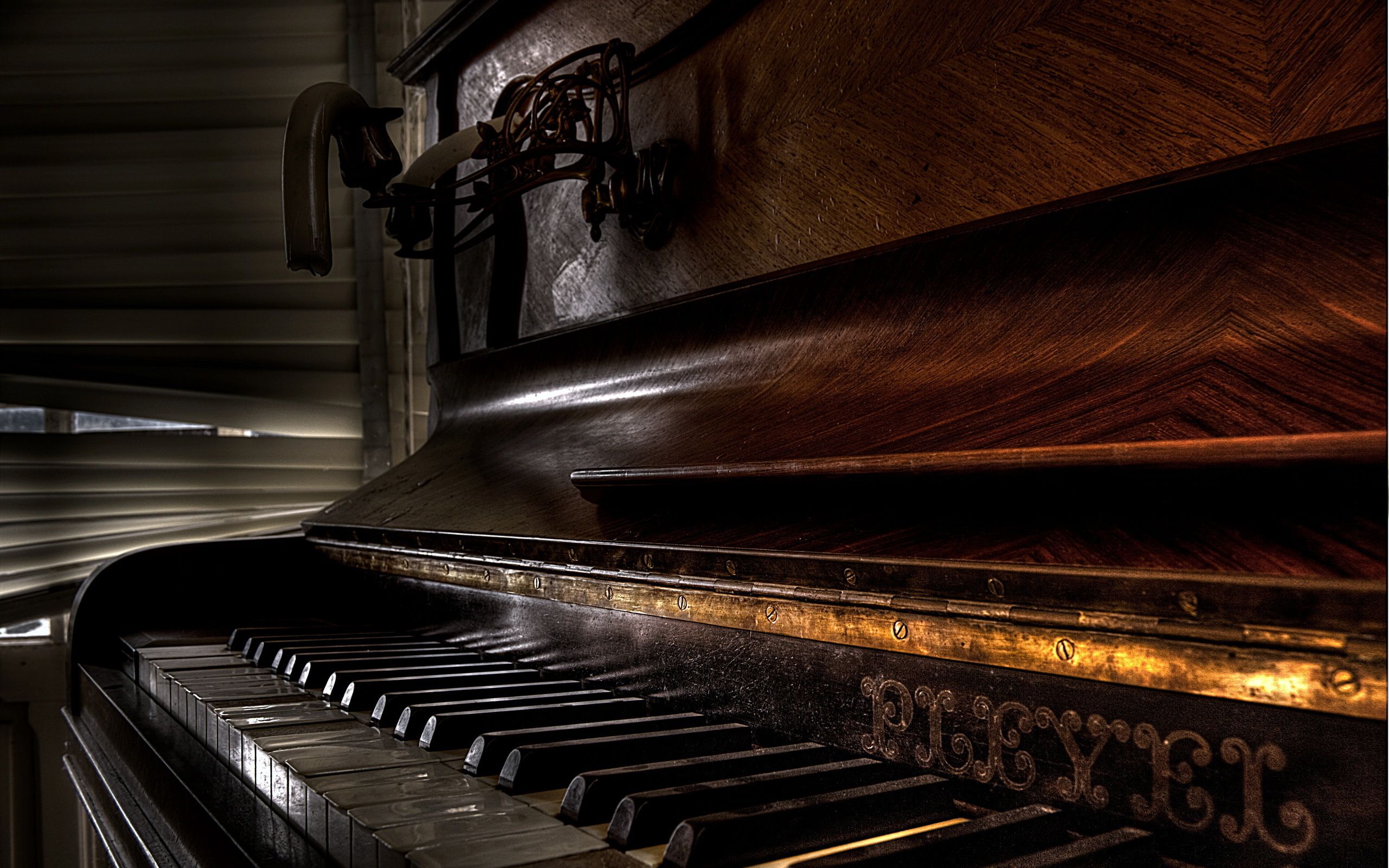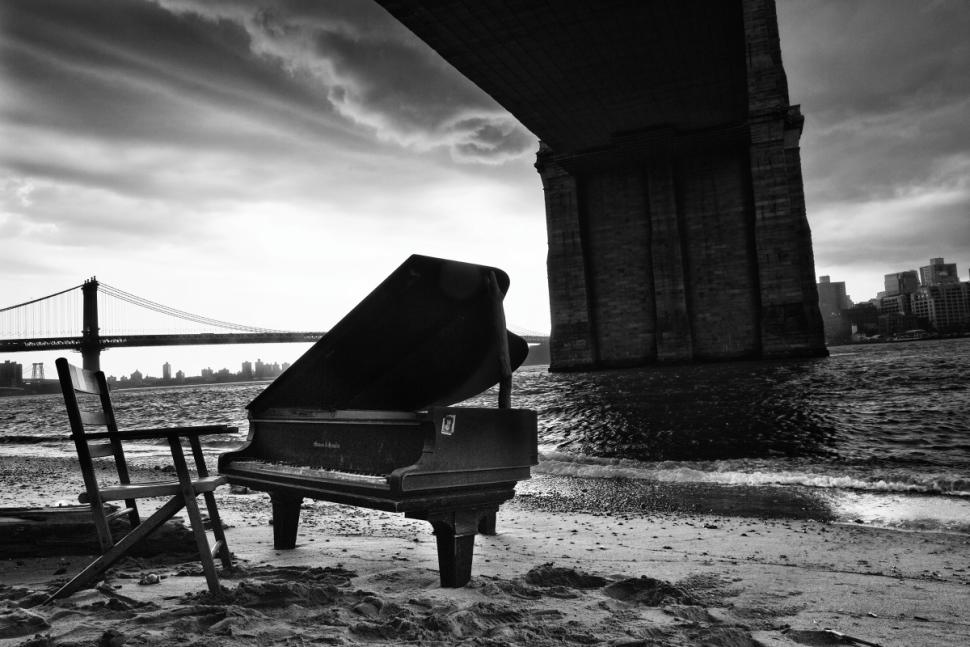Introduction:
Throughout the history of music, numerous instruments have captivated audiences with their melodious sounds and unique qualities. Among these extraordinary inventions stands the magnificent piano, an instrument that has mesmerized generations of musicians and listeners alike. In this blog post, we embark on a journey through time to explore the fascinating story behind the invention of the piano and its evolution into the beloved instrument we know today.
The Harpsichord Era:
To fully appreciate the piano’s creation, we must first travel back to the Baroque period. During this time, the harpsichord reigned supreme as the primary keyboard instrument. With its plucked strings and limited dynamic range, the harpsichord produced a beautiful but mechanically uniform sound. Yet, musicians yearned for an instrument capable of expressing a wide range of emotions with greater nuance.
Bartolomeo Cristofori:
The Mastermind: Enter Bartolomeo Cristofori, an Italian instrument maker employed by the Medici family in Florence, Italy. Around the turn of the 18th century, Cristofori embarked on a groundbreaking journey to revolutionize keyboard instruments. Through his ingenious innovations, he would create an instrument that would eventually be known as the piano.
The Birth of the Piano:
Cristofori’s genius lay in his invention of the “gravicembalo col piano e forte,” meaning “harpsichord with soft and loud.” By incorporating hammers that struck the strings rather than plucking them, he introduced a dynamic range previously unseen in keyboard instruments. This breakthrough enabled musicians to play both softly and forcefully, giving rise to a new level of expressiveness.
Cristofori’s piano featured a range of octaves, and he refined its mechanism to allow for variations in volume. Unlike the harpsichord, which produced sound as long as a key was pressed, the piano allowed musicians to control the duration of each note by releasing the key. This innovation provided enhanced control over the music’s phrasing and enabled the development of techniques like staccato and legato playing.
Evolution and Influences:
After Cristofori’s initial invention, other instrument makers in Europe began experimenting with his design, refining and expanding upon it. The piano gained popularity across the continent, with improvements made to the instrument’s action, string tension, and soundboard. The English piano maker John Broadwood, for instance, played a crucial role in further refining the piano, incorporating innovations that would influence its development in the years to come.
By the 19th century, the piano had become the instrument of choice for composers and musicians alike. It found its place in concert halls, salons, and private homes, captivating audiences with its versatility and expressive power. Renowned composers such as Mozart, Beethoven, and Chopin composed masterpieces specifically for the piano, cementing its position as the heart of Western classical music.
Modern Pianos:
Throughout the 20th century, the piano continued to evolve. Technological advancements, such as the introduction of steel-reinforced frames, improved soundboards, and refined manufacturing techniques, further enhanced the instrument’s capabilities. Pianos developed distinct variations, including the grand piano, upright piano, and electric piano, each with its own unique tonal qualities and purpose.
Conclusion:
The invention of the piano by Bartolomeo Cristofori forever changed the musical landscape. Through his brilliant innovations, he birthed an instrument that could truly express the depths of human emotion. The piano’s evolution throughout the centuries, shaped by the contributions of countless craftsmen, has solidified its place as a timeless instrument that continues to inspire and enchant musicians and audiences worldwide. So, the next time you listen to the resounding notes of a piano, take a moment to appreciate the extraordinary journey that led to its creation.


Comments are closed